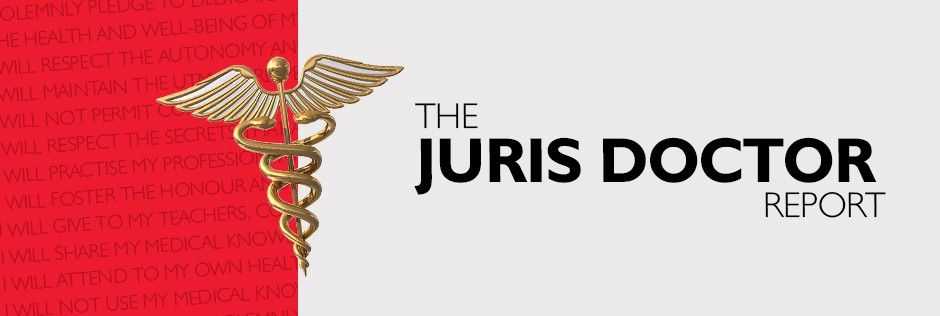For more information about this blog post, please contact Khaled J. Klele, Ryan M. Magee, Labinot Alexander Berlajolli, or Daniel J. Parziale.
Guidance on Contacting Patients For Plasma Donations During COVID-19
The United States Department of Health and Human Services, Office of Civil Rights (“OCR”) issued guidance regarding a healthcare provider’s ability to utilize a patient’s protected health information (“PHI”) to contact patients and encourage them to donate blood or plasma to help other patients suffering from COVID-19. The OCR’s guidance notes that although this type of activity is permitted under the Health Insurance Portability and Accountability Act (“HIPAA”) as a “population-based activity under the definition of healthcare operations,” the OCR notes that the healthcare providers should attempt to disclose as little PHI as possible. Finally, the OCR notes that whereas identifying a particular donation center may constitute marketing under HIPAA, and thus require the patient’s consent, so long as the healthcare provider does not receive a direct or indirect payment from any third-party in the communication with the patient, an exception would apply and patient consent is not necessary.
2020 MIPS: Hardship Exception Available Due to COVID-19
The Centers for Medicare & Medicaid Services (“CMS”) has announced that, for the 2020 performance year, clinicians, groups, and virtual groups are allowed to submit an Extreme and Uncontrollable Circumstances application requesting reweighting of one or more Merit‑based Incentive Payment System performance categories due to COVID-19. Applications may be submitted by logging into your HCQIS Access Roles and Profile (“HARP”) account.
CMS Provides Facility Reopening Recommendations for Facilities Seeking to Provide Non-COVID-19 Services
CMS recently released its Phase II list of recommendations for facilities seeking to reopen to provide non-emergent, non-COVID-19 healthcare. These non-binding recommendations provide an update to CMS’ previously listed Phase I recommendation that were released April 19, 2020. Applicable to facilities in areas in Phase II of CMS’ reopening categories, the recommendations list multiple considerations each facility should individually evaluate when preparing to reopen. The recommendations describe factors in multiple categories, including facility considerations, testing capabilities, PPE availability, workforce availability, and sanitation protocols. In addition to the reopening recommendations, CMS continues to advise providers to utilize telehealth services to the maximum extent possible when telehealth services are available and appropriate. The recommendations also encourage facilities to prioritize services that, if deferred, would result in patient harm and to prioritize at-risk populations who would benefit most from such services.
CMS’ 2021 Home Health Prospective Payment System Rate Update
CMS released its proposed Home Health Prospective Payment System rule for 2021. Under the proposed rule, net home health payments would increase by 2.6 percent, or $540 million, in 2021. The proposed rule also seeks to make permanent several changes to telehealth first introduced during the COVID-19 pandemic. But those changes are not without restrictions. While healthcare providers can continue to provide telehealth services even after the pandemic, those services cannot substitute for a home visit ordered as part of the plan of care and cannot be considered a home visit for purposes of patient eligibility or payment.
The proposed rule also makes changes to the OASIS testing requirements for new home health agencies. Under the rule, new home health agencies must successfully transmit test data to the Quality Improvement & Evaluation System or CMS OASIS contractor as part of the initial process to become a Medicare-participating home health emergency.
Finally, the proposed rule reiterates the home infusion therapy supplier policies for coverage and payment finalized in the CY 2019 and 2020 Home Health and Prospective Payment System rules, while including regulation text changes to exclude home infusion therapy from the definition of home health services beginning in 2021.
Comments are due by August 31, 2020.
Please visit Riker Danzig’s COVID-19 Resource Center to stay up to date on all related legal issues.




